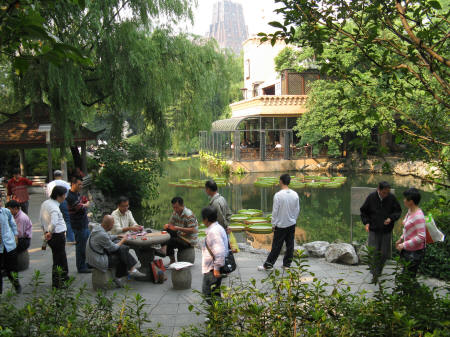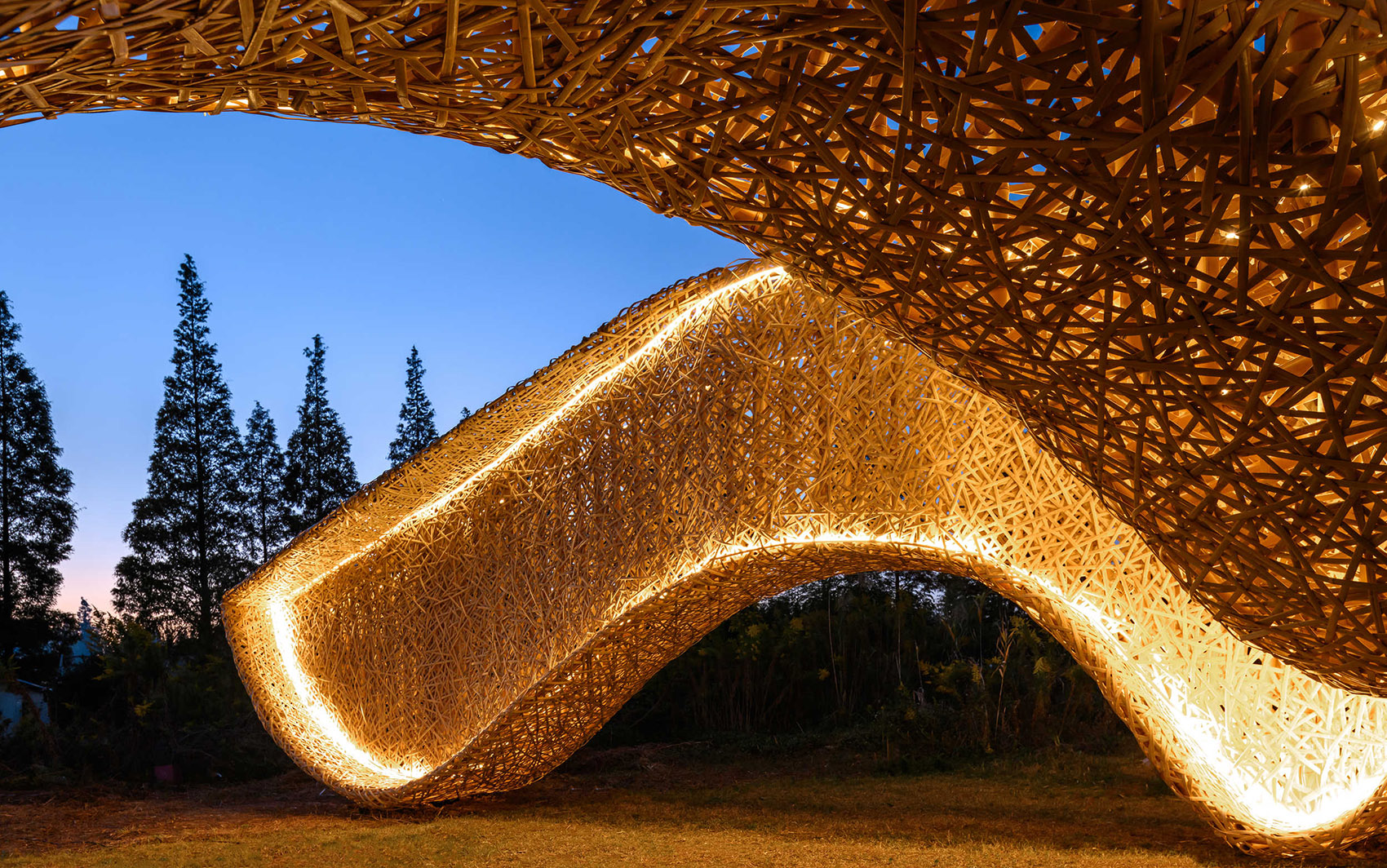

That graceful art deco building, which now operates as a small hotel, was a source of joy for the city's Jews prior to World War Two. In the late 1930s, those streets were the backbone of Shanghai's Jewish community, and brimmed with Jewish businesses and regular social events at the Mascot Roof Garden atop the former Broadway Theatre. Nearby, the area along Huoshan and Zhoushan roads was once known as Little Vienna, and was the most prosperous part of Tilanqiao's Jewish neighbourhood. Now operating mostly as apartments, these seven multi-storey buildings housed more than 3,000 Jewish people in the early 1940s. Next, on Changyang Road, I passed one of the former Jewish refugee shelters. "They brought European culture to Shanghai and lived in harmony and culturally integrated with the local residents." "The Jewish community established a certain relationship, co-operation and affection with the local residents of Shanghai," she said. This connection remains strong, according to Tian. The brutality of the Japanese gave the Jews and the Chinese a common enemy and a shared experience. During World War Two, the Japanese incarcerated dozens of Jewish refugees and Chinese dissidents behind its thick stone walls. The first structure I came across was the imposing old Tilanqiao Prison. Wandering its streets allowed me to imagine how Tilanqiao must have looked 80 years ago as Japanese troops swarmed Shanghai. The museum also encourages independent walking tours of the Jewish ghetto by providing detailed booklets that explain and map out the historical Jewish sites of Tilanqiao, which are signposted in English. "In Europe, if a Jew escaped, he or she had to go into hiding, and here in Shanghai we could dance and pray and do business." "If the had not been so tolerant, our life would have been miserable," Moses is quoted as saying. Another exhibit featured the emotional recollections of Jerry Moses, who was just six years old when he and his family fled to Shanghai from Germany in 1941. After being awarded several Chinese military medals, Rosenfeld moved back to Austria in 1949 to reunite with his family. This Jewish refugee came to Shanghai from Austria in 1939 and later joined the Chinese army in its war against the invading Japanese, working as a field doctor and saving the lives of many wounded Chinese soldiers. I was particularly struck by the story of Dr Jacob Rosenfeld.

Exhibits show how Tilanqiao's Jewish community formed, as well as intimate personal tales of Jewish refugees, according to Sophia Tian, the director of the museum's Exhibition and Research Department. The synagogue's prayer hall serves as the museum's entry point, and has not been altered since it was in regular use. They had zero privacy and almost no food." "Many people had no jobs and lived in communal housing with many other beds and common bathrooms and kitchens. "It went from a poor neighbourhood to an extremely poor neighbourhood," Bar-Gal said. Jews were banned from leaving the area, even for work, unless they received permission from Japanese officers, which rarely happened.ĭisease and malnutrition plagued the many heinously overcrowded group homes. Conditions worsened greatly after Japanese soldiers gathered Jews from across Shanghai and forced them to all live within the borders of this newly formed ghetto. The 96-year-old painter who saved a villageĪccording to Bar-Gal, even prior to the Japanese invasion, many Jewish refugees in Tilanqiao lived in poverty compared to their comfortable lifestyles back in Europe.The Indian synagogues preserved by Muslims.They were earning very little in doing this but was thriving with Jewish life in the 1930s." But they tried to maintain Jewish life by doing traditions like theatre and music. "Imagine being a doctor, lawyer or musician living in Vienna and suddenly you're unemployed in the of Shanghai," Bar-Gal said. But it was a deprived and depressed place, according to Dvir Bar-Gal, an Israeli journalist and expert on Shanghai's Jewish history, who has been leading tours of Tilanqiao since 2002. Unlike some of the Jewish ghettos in Europe at that time, Tilanqiao did not become fenced off. More than 15,000 Jews lived inside those boundaries in the early 1940s, and Huoshan Park served as a sort of public living room where many Jews gathered during the day. Bordered on the north by Zhoujiazui Road, on the south by Huimin Road, on the east by Tongbei Road and on the west by Gongping Road, the ghetto was roughly 1 sq mile in size. As the plaque explained (in English, Mandarin and Hebrew), this area around Huoshan Park was the site of the Jewish ghetto.


 0 kommentar(er)
0 kommentar(er)
